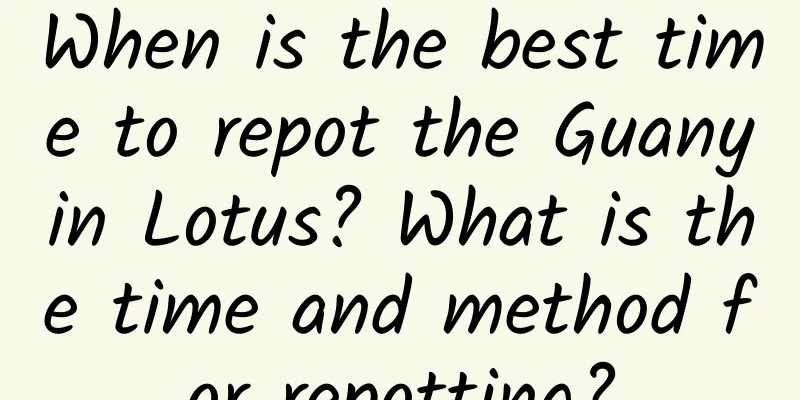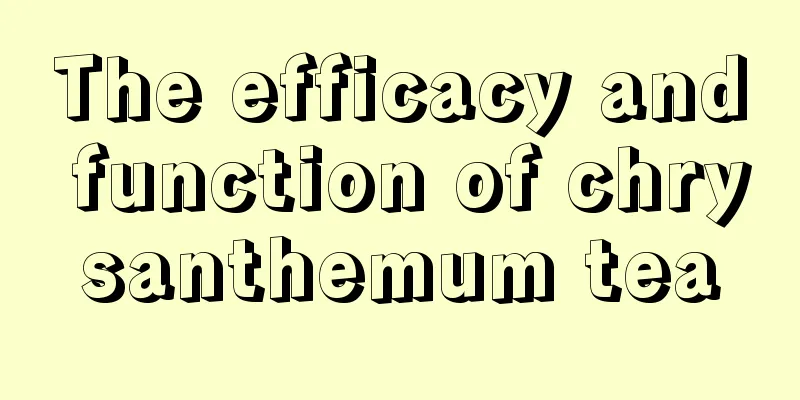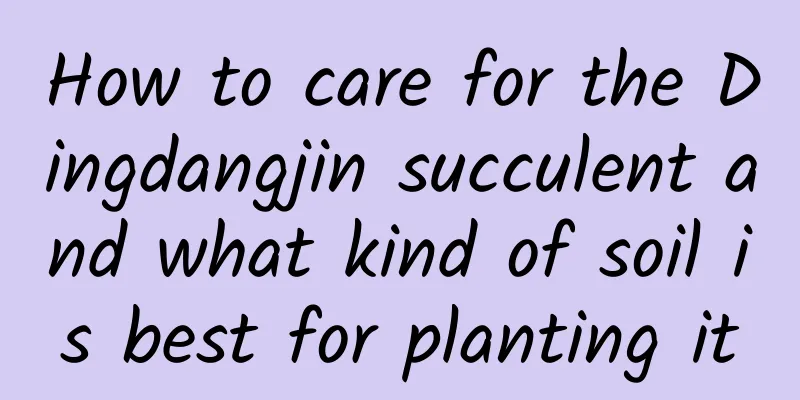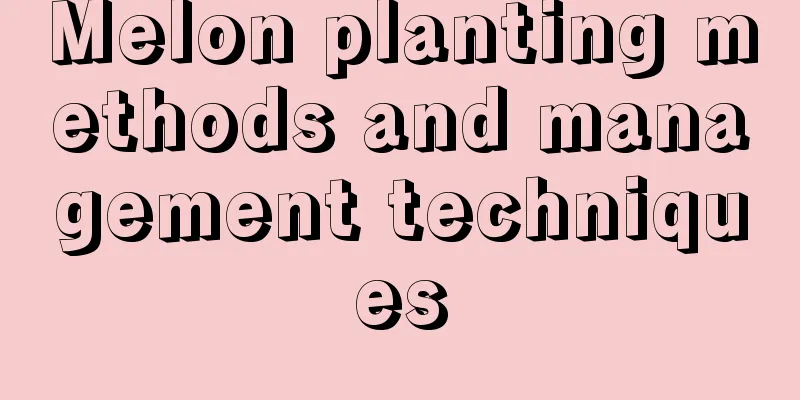Hypericum cultivation methods and precautions
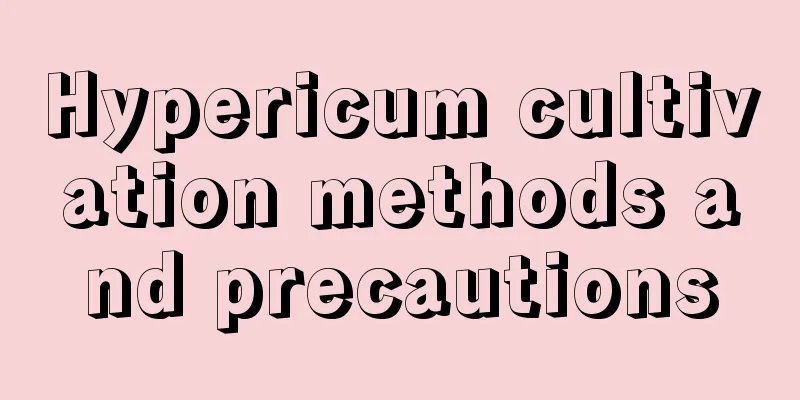
1. Maintenance methods1. Temperature: When caring for it, the temperature of the maintenance environment is very important, because it is not cold-resistant or heat-resistant. The maintenance temperature should be kept at around 25 degrees. If the temperature is higher than 32 degrees, the plant will stop growing; if the temperature is lower than minus one degree, the plant will be frostbitten. 2. Watering: Observe the condition of the soil every time you water. Watering is only needed when the soil is completely dry. Each time you water, the soil must be completely watered, and water accumulation in the soil must be avoided. 3. Fertilization: After entering the growth period, it has a particularly high demand for nutrients. The nutrients in the soil alone are not enough, and artificial topdressing is required. The interval between top dressing is twenty days. It should be noted that the fertilizer needs to be diluted each time it is applied, otherwise the plants will be burned due to excessive concentration. 4. Light: Except for summer, the light in other seasons is not very strong. Normal light can be obtained every day, and the light time can be guaranteed to be five hours. The light in summer is relatively strong and requires appropriate shade. When exposed to light in summer, diffuse light should be used as the main source, and the light time is also about five hours. 2. Breeding techniques1. Reproduction: It can be propagated by sowing. The sowing time is in March and April every year. Because its seeds are very small, it needs to be covered with soil after sowing, and then covered with grass to keep it moist. Generally, seedlings will emerge in about 20 days. It needs to be divided once in the first year and will bloom in the second year. 2. Pruning: It needs to be pruned once before sprouting in spring every year in order to promote the growth of new shoots and increase resistance. 3. Problem Diagnosis1. Pests: The fall armyworm is a pest that mainly harms the leaves of Hypericum. It will feed on the tender leaves, which will affect the ornamental value of the plant. The disease usually occurs between July and September each year. At this time, you can use a 2.5% dichlorvos powder solution to spray it for treatment. 2. Disease: Brown spot disease is a fungal disease that it is more susceptible to. When the disease occurs, many small brown spots will appear on the branches and leaves of the plant. As time goes by, the spots will gradually spread and finally die. After the disease is discovered, the diseased leaves should be removed and destroyed first, and then 50% of cypermethrin solvent should be sprayed once every three days, and three times is a course of treatment. IV. Other issues1. Toxicity: Not only is it non-toxic, it also has high medicinal value. 2. Edibility: Cannot be eaten directly. |
<<: Astragalus cultivation methods and precautions
>>: Cultivation methods and precautions of Campanula
Recommend
How to plant Osmanthus fragrans? Planting time and method
Planting time of Osmanthus fragrans Osmanthus fra...
Tulip Flower Language
1. Flower Language There are many meanings of tul...
What fertilizer to use for carnations
1. Its demand for fertilizer Generally speaking, ...
Planting method and time of seaweed head: when is the best time to plant
Planting time of seaweed Nori is a common vegetab...
How often should you water succulents?
1. According to the size of the plant If it is a ...
Why is the fortune tree shedding leaves? How to solve it
1. Improper lighting Reason: The money tree grows...
White palm cultivation methods and precautions
Anthurium belongs to the Araceae family. It is a ...
How to hydroponically cultivate the millennium wood
Container selection: When making a choice, transp...
Green Bean Planting Time and Method Best Time to Plant Green Beans
Green beans planting time Green beans are suitabl...
What fertilizer is best for iron trees?
Fertilizing Iron Trees The cyclopean tree likes f...
Cultivation methods and precautions of February orchid
How to sow February orchid Sowing time The most c...
How to prepare succulent nutrient solution
1. Rice washing water The method of making nutrie...
What should I do if the new branches of roses grow thin and long?
Rose is one of the easier flowers to grow. With n...
What to do if the bougainvillea wilts (What to do if the bougainvillea you bought wilts)
Root rot in summer causes wilting In the summer, ...
How much does Polygonatum odoratum cost per pound
1. Price The price of Polygonatum odoratum is gen...

